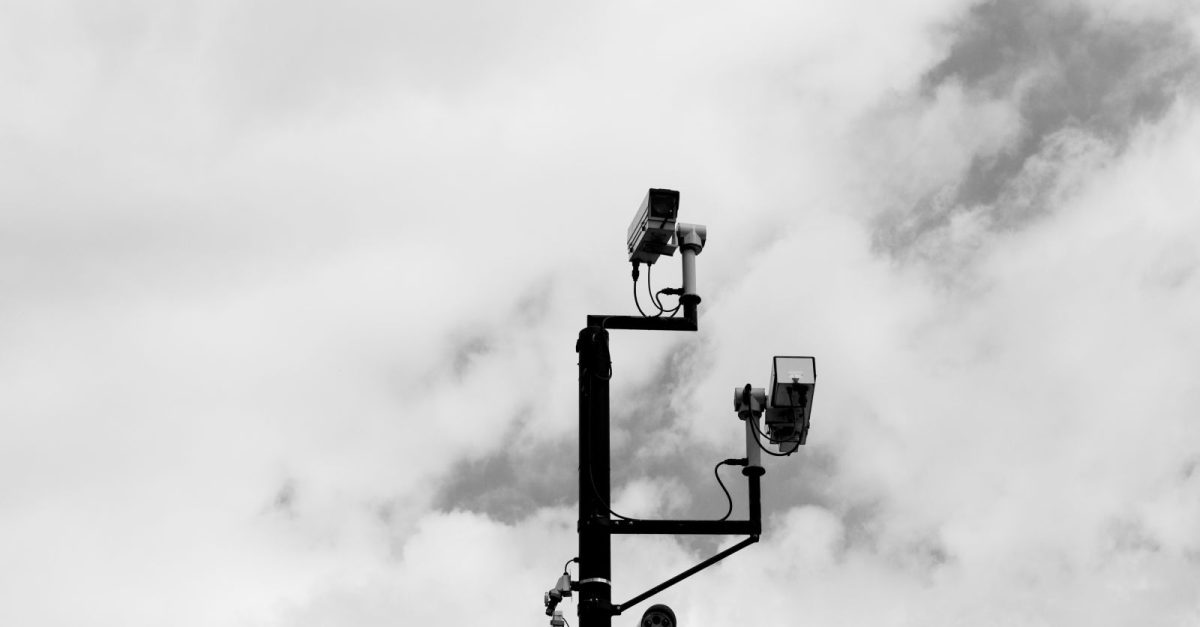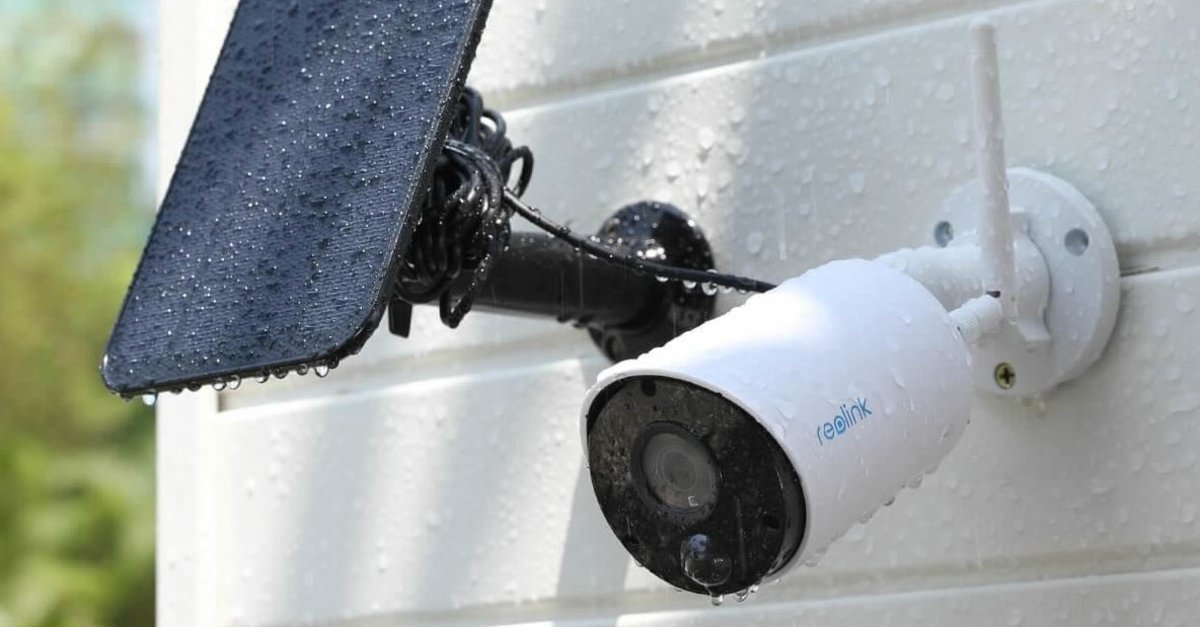Colored people are more often disadvantaged by surveillance measures
With every change of government and with every event that torpedoes our sense of security, one question always arises: What level of surveillance is optimal? The topic is particularly sensitive, since far-reaching surveillance measures interfere with our personal rights, privacy is then just a term without meaning. In addition, certain population groups are often the victims of incomprehensible allegations.
This is also shown by a study from the United States. Amnesty International took a look at surveillance in New York City and mobilized around 7,000 volunteers. The task was relatively simple: drive through the streets with Google Street View or in person and document the locations of surveillance cameras.
A total of 45,000 intersections were each driven through three times and 25,500 cameras were recorded along the way. 3,300 of these cameras can be traced back to the city administration, i.e. they are used by law enforcement agencies in the city. Based on the data, a detailed map was created and analyzed with the help of the organization BetaNYC.
Because the New York police have been planning to retrofit the technology with facial recognition for a long time. The question therefore arises as to which population groups are particularly affected by such extensive surveillance. The result is not surprising, especially neighborhoods with a predominantly black population are monitored more every day.
Most public cameras are located in the Bronx, Brooklyn or Queens, where so-called “stop-and-frisk” operations are also more common, in which citizens are stopped and searched. The number of surveillance cameras and the frequency of such operations correlate, on a street in Brooklyn, with 60 percent surveillance, there were about six searches in 2019.
Black Live Matters rallies could also be monitored excellently through the choice of location, so there is an acute danger that the black population will be disadvantaged when using face recognition software. Not only because of the frequency of the cameras, but also because of the fault tolerance of the software, which is significantly higher for people of color than for white people.



